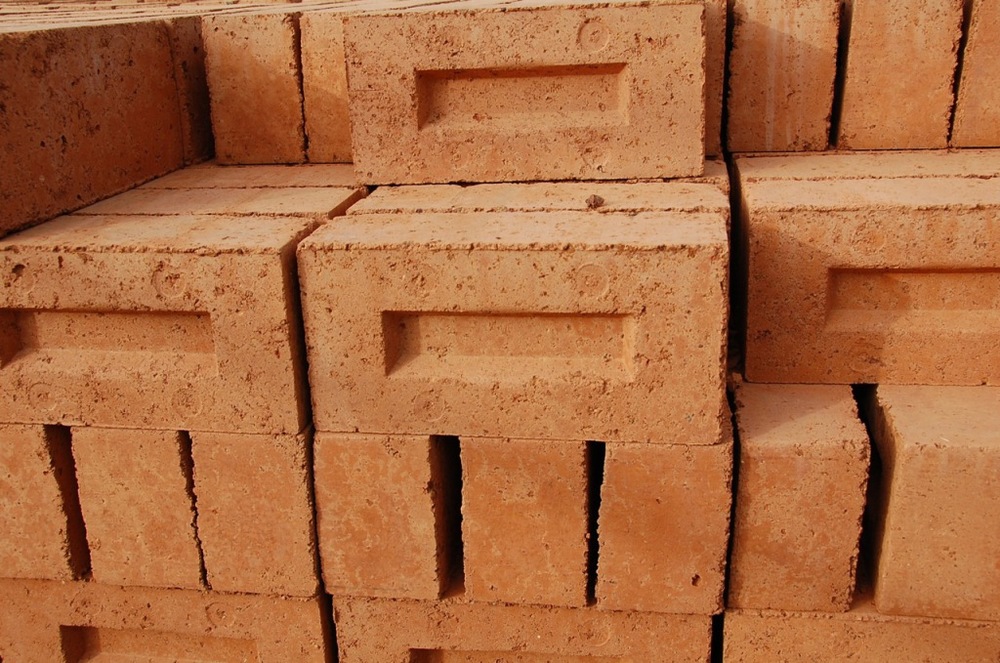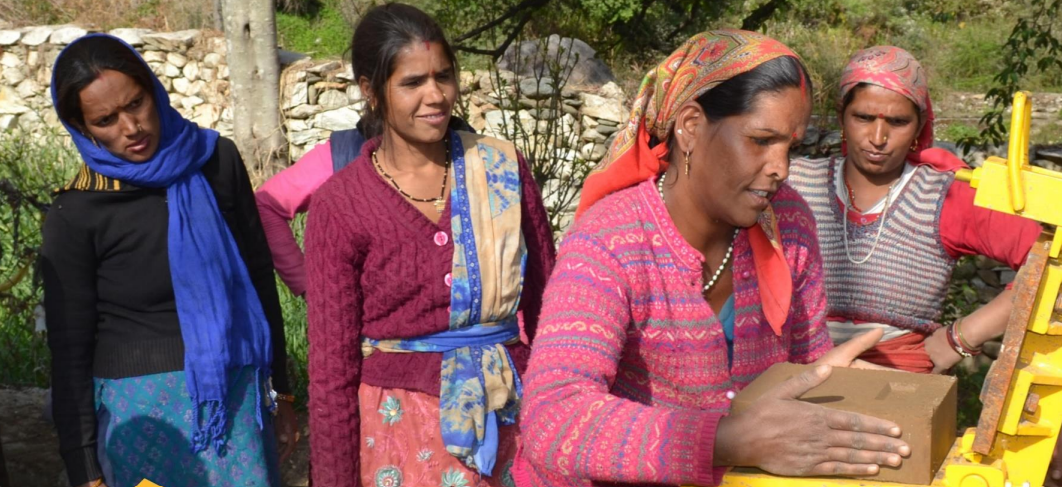An environmentally friendly building material is a compressed earth block. It is sometimes called a compressed earth block or pressed earth block. It is made by combining the correct proportions of relatively dry inorganic subsoil, non-expandable clay, sand and aggregates.
Compacting wet soil and letting it dry in a room creates soil blocks. Compaction is done using a machine that can be manually or electrically driven. There are basically two types of land blocks
- Pressed earth blocks
- Compressed stabilized earth blocks
The stability of the blocks is increased by the addition of chemical binders such as Portland cement. Compressed Stabilized Earth Blocks or CSEB is the name given to this type of blocks. Additionally, these blocks are sometimes called stabilized earth blocks (SEB).
The properties of the compressed earth block help create an ideal green structure when combined with other green building techniques and services. When used to fill a wood frame, an interior wall, or the area around a brick oven, it gives your home the inertia needed for precise temperature control. A wall made of compressed earth blocks meets all the requirements for effective thermal regulation if it has sufficient external insulation.


This is how compacted earth blocks are made
Appropriate consent is required before making pressed earth brick as there may be loss of strength and exposure to weather and durability issues. Although the earth block has sufficient strength, it does not offer the expected durability, so we may not be able to use it.
The soil-cement mixture is placed in the compaction chamber and compacted to form the block. The soil-cement mixture is compacted by the action of force, thus the proportion of voids decreases and the density of the material increases. Soil porosity decreases as density increases. The moisture content must be within a certain range and must not be too high.
The Proctor test for measuring soil compaction properties can be used to estimate ideal moisture content. The Proctor test shows the relationship between ideal moisture content and maximum dry density for a given level of compaction.
Production machines can be automated or manually operated. The ram is a device that manually compresses wet soil-cement mixtures. It consists of a box or mold filled with the mixture and activated by a lever. When the mold is fully loaded, the operator presses the bottom with a force of about 4-6MPa, which is pressed with the long handle of the machine. Most automated presses are configured to produce blocks at a high pressure of 10 MPa.
The resulting brick is placed in a cool place and hardened for up to 3 weeks.
Benefits of Compacted Earth Blocks
Sustainable
Compared to fired bricks, clay bricks have less than ten times more energy and CO2 emissions. Even after completion, clay bricks have a positive impact on the environment.
Thermal effects
The thermal mass added by Earth Blocks walls can be used for passive solar heating to regulate your home's temperature and reduce heating and cooling needs. Furthermore, because these bricks contain a significant amount of clay and soil, they “breathe” naturally, regulating indoor humidity and improving indoor air quality.
Do not emit toxic gases
Clay bricks are one of the few building materials that do not emit harmful gases. In clay buildings, relative humidity improves indoor air quality. Many common complaints, often attributed to the change of seasons, are caused by poor indoor air quality, which is greatly improved by this humidity control.
Low carbon emissions
Almost no CO2 emissions are possible with pressed clay blocks. According to engineers who have mastered this method, 65% of all soils are suitable for making walls with pressed clay bricks, eliminating the need to transport earth to other locations. Unlike fired bricks, which require a lot of energy to process and produce, pressed clay bricks can be made with hand presses. The sun and wind can dry them naturally. Therefore, building with fired bricks uses more energy during production than with pressed clay bricks.
Fire projection
The building made of compacted mud bricks is almost 100% fireproof, unlike other facade materials. This is one of the most important benefits we get from using clay blocks.


Disadvantages of rammed earth blocks
- Production takes a long time. Once the block is shaped, it will take approximately three weeks to cure.
- When compressed earth blocks are exposed to rain, they can easily erode. Therefore, depending on the type of structure, special attention must be paid to it.
- Low strength compared to cement blocks. Adding stabilizers like Portland cement improves strength.
- Due to lack of studies, stabilized brick walls may rupture. Furthermore, the expected strength may not be achieved if there are problems with the materials and the mixture.
- This brick may be infested with termites.

